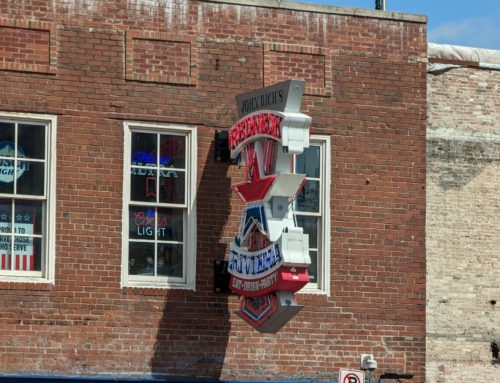Leaving the Netherlands
Although the Pilgrims had found refuge in the Netherlands to practice their religion, the economy took a turn for the worst, and they needed a way to prosper. Knowing they could not return to England but still wanting their children to be English, the New World was the logical choice.
In September of 1620, the Pilgrims set sail on the Mayflower for the banks of the Hudson River. Nearing New England and stuck in foul weather, the Mayflower landed in Provincetown Harbor sixty-six days after leaving Europe. Knowing that they were not permitted to settle there without permission from the English king, passengers became discontented. To prevent the potential for mutiny, the Pilgrims’ leaders banded together and garnered most male passengers’ support. They came together and signed the Mayflower Compact (the first document of a government deriving its power from the consent of the governed).
Landing in Plymouth
The Pilgrims spent much of the winter aboard the Mayflower as they ferried to shore and began to build shelters. More than half of the Pilgrims died that winter. Were it not for the alliances with the Wampanoag, the Pilgrims would not have survived. Today, you can visit Plymouth Rock and the Mayflower II (a replica of the original Mayflower).
Plymouth Rock has a fascinating history. The Pilgrims never wrote about the rock, and it wasn’t until 121 years later that the rock was identified as the stepping-off point. It became a symbol of freedom and was moved from the shore to the town square. While being hoisted, it broke in two, and the bottom half remained in the sand. The piece in the town square was moved again in 1834 and broke again. In 1880 the pieces were reunited, representing the reuniting of the country after the Civil War. If you visit today, the rock is covered by a beautiful column fortress and fence.
Founding Ideals
Dedicated in 1889, the Monument to the Forefathers represents the ideals that the Pilgrims brought with them in search of civil and religious liberties. This 81-foot granite statue has a depiction of faith, morality, law, education, and freedom. Faith is, of course, the central figure upon which all things emanate. To learn more, you can visit this website. There is even moving about it.























































Leave A Comment